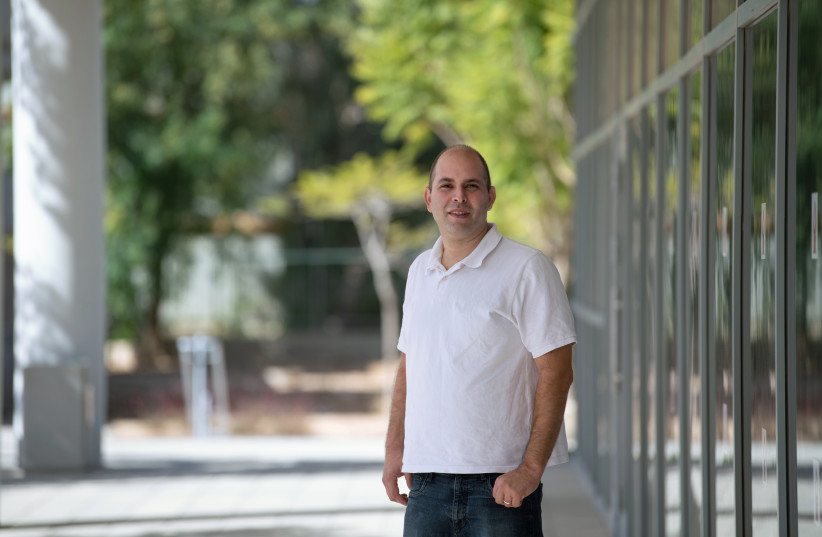Malicious or fictitious users on Internet networks have become the curse of the Internet, but while many deplore their increasing frequency, few have developed methods to track and expose them.
Nowadays, detecting deviant communities in networks is an essential task in research, as it helps discover insights into community-structured networks. A researcher at Ben-Gurion University of the Negev (BGU) has now developed a new technique to detect groups of anomalous users.
Their findings were just published in the peer-reviewed journal Neural Processing Letters under the title “Co-Membership-based Generic Anomalous Communities Detection.”
How to track groups of fake profiles spreading malicious content online
“The advantage of this study is that we can detect anomalous groups of users such as groups of fake profiles rather than single users. Uncovering groups of fake profiles is a challenging and less explored task.”
Dr. Michael Fire
“The advantage of this study is that we can detect anomalous groups of users such as groups of fake profiles rather than single users. Uncovering groups of fake profiles is a challenging and less explored task,” explained Dr. Michael Fire, head of the Data4Good Lab and a member of the department of software and information systems engineering. Additional researchers include master’s degree student Shay Lapid and doctoral student Dima Kagan in Fire’s lab.
An anomalous-user community might be one that is promoting violent behavior or extremism and spreading fake news, but it could potentially also help locate hot spots during pandemics, the researchers wrote. One of the advantages of their method, which they named Co-Membership-based Generic Anomalous Communities Detection Algorithm (CMMAC), is that it is not restricted to a single type of network.
“Our method is generic, so it can potentially work on different types of social media platforms. We tested it on several different types of networks such as Reddit and Wikipedia, which is also a type of social network),” Fire added.
After testing their method on randomly generated networks and real-world networks, they found that it outperformed many other methods in a range of settings. Their method is better than other methods already out there because it is “based solely on network structural properties.
“That makes our method independent of vertices’ attributes (the connections among users online). Thus, it is agnostic – the ability of something to function without ‘knowing’ or requiring anything from the underlying details of the system it is working within – to the domain. When comparing our algorithm with other algorithms, it performed better on simulation and real-world data in many cases. It successfully detected groups of anomalous users' communities who presented peculiar online activity,” Fire concluded.

